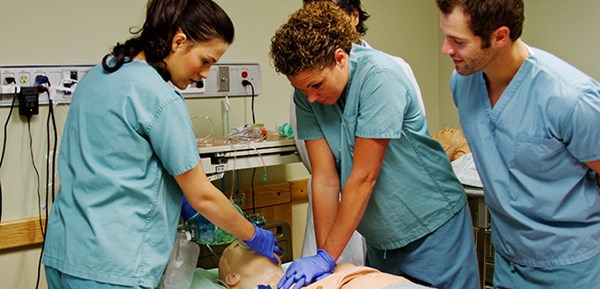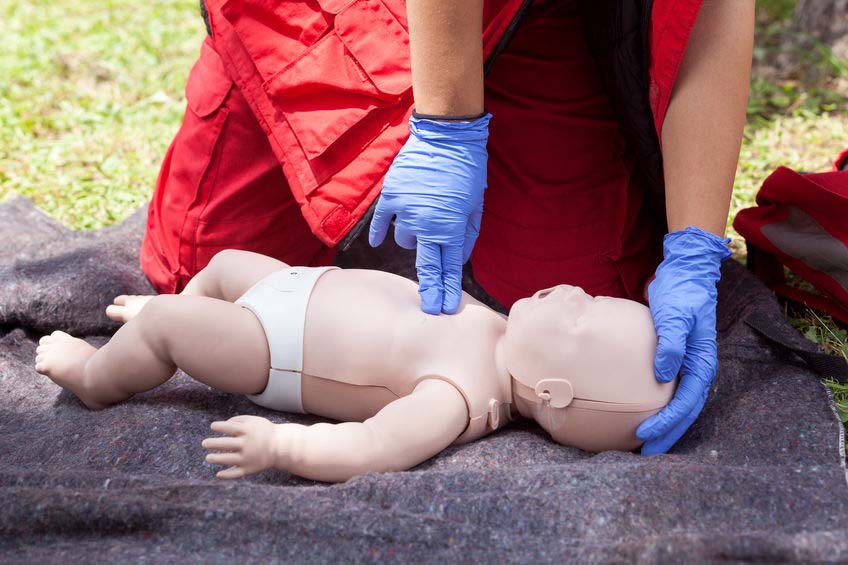ACL, BLS, and PALS are three different certifications. The only common thing among these three certifications is they all are related to the medical field. This means, divided by departments, united by field. Often people confuse ACL, BLS, and PALS. They mix up all three. So today in this article we are going to share differences between all three. This blog is going to untangle every misconception in your mind. These three are the most common and wanted certifications in hospitals. If you are a doctor or are into the medical field, you cannot deny its recognition worldwide.
So let’s get started with the differences.
ACLS

While talking about ACLS, this certification is the major requirement for RNs. These RNs are responsible for taking care of critically ill patients. ACLS is considered as more advanced as compared to BLS. Of course, its name suggests Advanced Cardiac Life Support, while BLS is Basic life support.
ACLS course is specifically designed for health care professionals who are exposed to critical departments of hospitals like the department of cardiopulmonary arrest. They are trained to handle situations like cardiovascular emergencies. The ACLS course is valid for two years, and after the validation period is over, you need to take the course again.
Institutes offer this course in two ways, either you can enjoy it in blended learning, or you might take it in classroom learning. Institutes prepare you for the test. You can find ACLS pretest questions online too.
BLS

BLS is also known as Basic Life Support. In simple words, the Basic Life Support course is the core requirement for every registered nurse. It is specially designed and preached to the healthcare individuals or other people present in the panel that are responsible to perform CPR. Not only CPR but professionals who need to learn about cardiovascular life support skills.
BLS or Basic Life Support certificate holders can identify life-threatening situations, and act according to the requirement. The requirement might include delivering appropriate ventilation, the use of AED at the right time, and provide correct chest compressions.
BLS also has a different course outline as compared to the other two. Under BLS, the candidate learns:
- CPR for infants, children, or adults,
- Use of AED at the correct time,
- How to use a barrier device for giving the correct amount of ventilation,
- Provide relief from choking,
- To be a chief member of the team during multi rescuer CPR
PALS

The holder of the PALS or Pediatric Advanced Life Support Course is trained to handle infants or children in emergency cases. PALS certified have enough knowledge of how to take care of children of infants in the intensive care unit and critical care units.
What makes PALS different from other courses (i.e. BLS and ACLS)? PALS is about treating infants or children only. The core purpose of this course is to guide health professionals about how to take care of infants and children. To clear this exam, the participants will be taken to 12 hospitals, exposed to critical situations along with guidance by professionals. After this, participants attempt an MCQ exam and are bound to achieve 84% in the exam.
Conclusion
ACLS, BLS, and PALS all three different fields of medical line. But this doesn’t mean that one course is less important as compared to others. No, each of them holds importance for a health professional.


